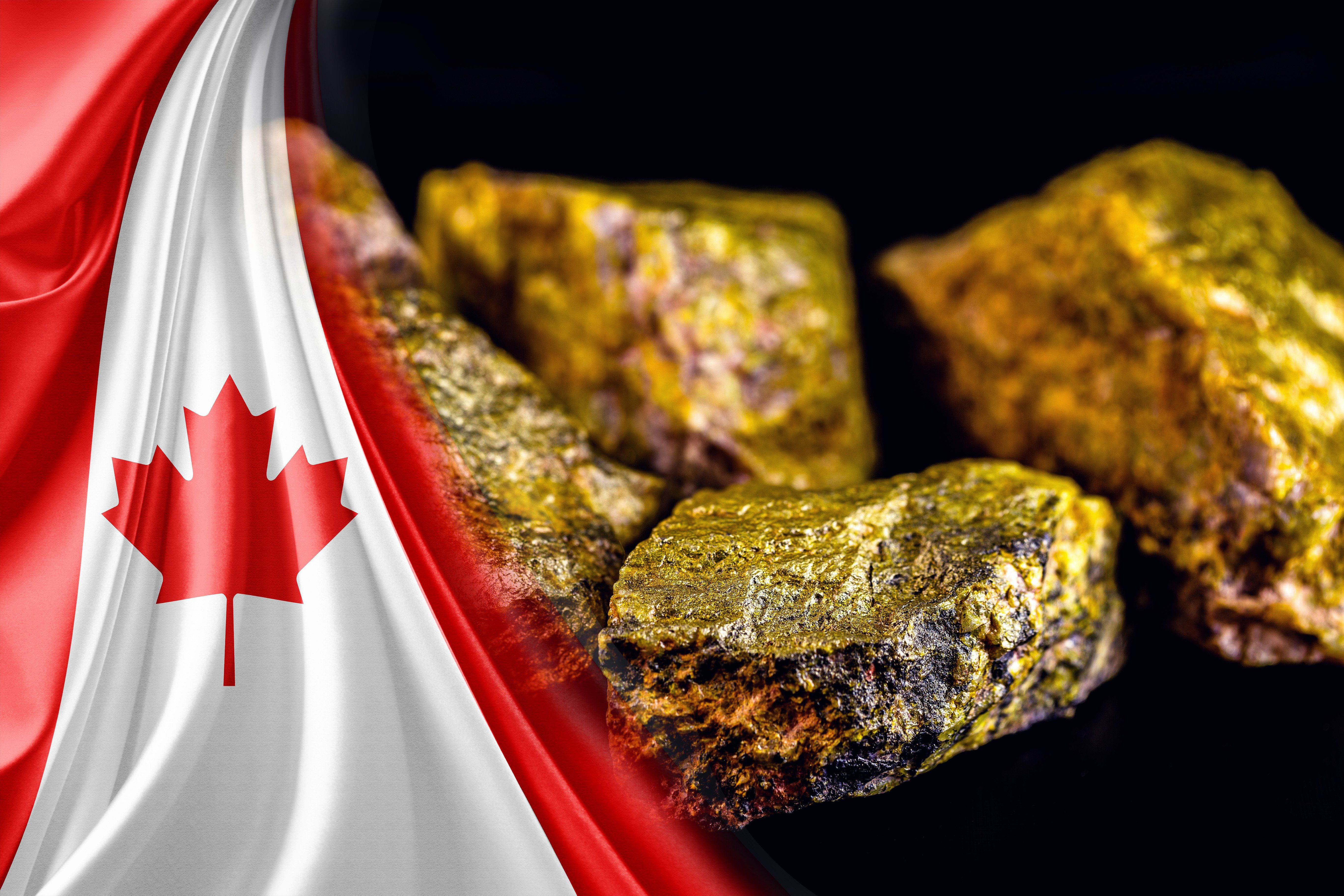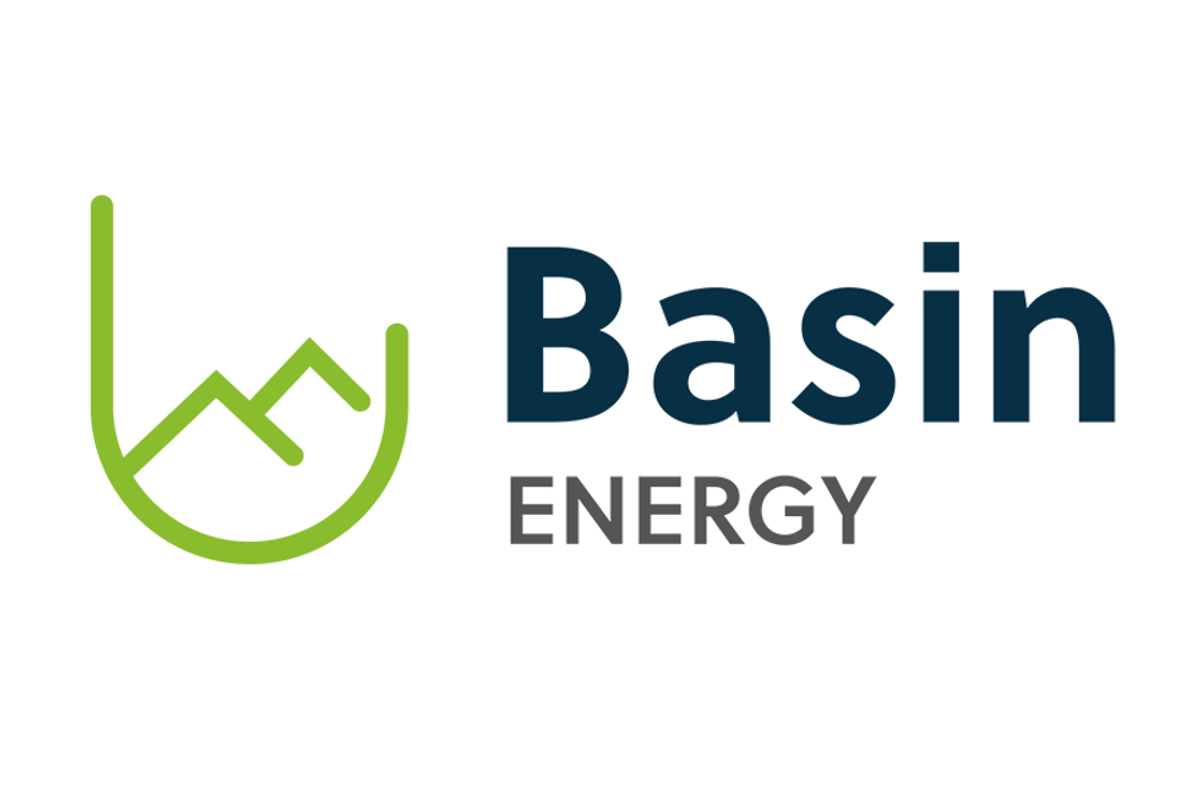
May 29, 2024
NickelX Limited (“NickelX”, “NKL” or “The Company”) is pleased to advise it has secured via low-cost staking 100% of the rights to an additional eleven (11) multi-cell claims, referred to as the Blind River Block, adding a further 51km2 of highly prospective ground to its Elliot Lake Uranium Project located in Ontario, Canada (Figure 2).
- Additional, highly prospective uranium tenure, referred to as the Blind River Block, has been secured by NickelX in the Elliot Lake district in Ontario, Canada.
- A field reconnaissance program, including mapping, sampling and drill hole siting, has commenced at NickelX’s Elliot Lake Project, where the Company is targeting conglomerate hosted uranium mineralisation.
- The Project is accessible by road from Toronto (a ~6 h drive). Year-round access and proximity to existing infrastructure provide logistical advantages that cannot be overstated when operating in Canada.
- Stakeholder and First Nations engagement has also commenced with letters of engagement forwarded to local community stakeholders in anticipation of future drill programs.
- Magnetic and radiometric data re-processing combined with the Company’s recent geological review has defined multiple high priority uranium targets.
- The prolific Elliot Lake uranium district produced 362 Mlbs U3O8 @ 0.1060% (1,060 ppm) U3O8 from 13 underground mines active between 1955 and 1996, within an area of c. 15 × 15 km. The uranium mineralisation at Elliot Lake is hosted by stratabound conglomerate beds, which are relatively continuous and geologically predictable. The mineralised beds can be up to 19.5 km long, 8.0 km wide and 4 m thick1 (Figure 1).
Multiple high priority uranium targets have been defined at the Elliot Lake Uranium Project by re-processing of geophysical data combined with recent geological data review (see NickelX ASX announcement dated 21st February 2024).
The geophysical data reprocessing has highlighted strong U2/Th ratio radiometric anomalism both within, and interpreted to trend into, the Company’s Kirkpatrick, Inspiration and Quirke West Claim Blocks (Figure 5) where uranium anomalism and mineralisation have been identified by previous explorers (see NickelX ASX announcement dated 21st February 2024).
The High Priority Target areas identified by NickelX are now the focus of detailed field activities that have commenced, including mapping, sampling, drill hole siting, and engagement with first nations groups, while also evaluating additional opportunities within the district.
The claim blocks, collectively the Elliot Lake Uranium Project (Figure 3, Table 1), cover highly prospective uranium targets along strike from the Elliot Lake uranium district, which historically produced >360 Mlbs U3O8 from 13 underground mines1 (see NickelX ASX announcement dated 21st February 2024).
The Elliot Lake Uranium Project now comprises 41 multi-cell mining claims covering 180 km2. The Company is targeting conglomerate-hosted uranium and rare earth element (REE) mineralisation along the underexplored interpreted extensions to the historic, major uranium mining centre at Elliot Lake.
The targeted uranium mineralisation style is stratabound and consequently relatively continuous and predictable. The known deposits typically have excellent lateral and downdip grade and thickness continuity, providing potential for large-scale deposits (Figure 1).
The Project area is considered to have excellent year-round access, is close to infrastructure and service centres, electrical and water supplies and the world's largest commercial uranium refinery at Blind River (Figure 2), operated by uranium major Cameco Corporation.
Figure 1. Schematic cross section of the New Quirke uranium mine at Elliot Lake [not owned by Nickelx] – nearby to the Elliot Lake projects held by NickelX. This section highlights the continuous and sedimentary nature of the mineralisation at Eliot Lake
Click here for the full ASX Release
This article includes content from NickelX Limited, licensed for the purpose of publishing on Investing News Australia. This article does not constitute financial product advice. It is your responsibility to perform proper due diligence before acting upon any information provided here. Please refer to our full disclaimer here.
NKL:AU
The Conversation (0)
12h
Lobo Tiggre: Supply Tight, Demand Strong, What's Next for the 2026 Uranium Market?
Lobo Tiggre, CEO of IndependentSpeculator.com, described uranium’s key role in providing baseload energy, a narrative that is only being heightened by added artificial intelligence data center and electric vehicle (EV) demand projections. “The use case is baseload power. There’s no substitution,... Keep Reading...
22 December
Ben Finegold: Uranium in 2026 — Price Outlook, Plus Stocks, Supply and Demand
Ben Finegold, head of research at Ocean Wall, shares his 2026 outlook for uranium supply, demand and prices, emphasizing that the nuclear energy story remains strong. While 2025 brought little movement in the spot price, he believes the stage is set for higher numbers. Don't forget to follow us... Keep Reading...
19 December
Denison, Skyharbour Finalize Saskatchewan Uranium Joint Venture Deal
Denison Mines (TSX:DML,NYSEAMERICAN:DNN) has closed a previously announced deal with Skyharbour Resources (TSXV:SYH,OTCQX:SYHBF) that repurposes a large block of uranium exploration ground surrounding Denison's flagship Wheeler River project in Northern Saskatchewan.The recent transaction... Keep Reading...
18 December
5 Best-performing Canadian Uranium Stocks of 2025
The uranium market moved through 2025 with less drama than the previous year, but the quieter tone masked a sector where supply is still tightening beneath the surface. After 2024’s surge to two decade highs, U3O8 prices traded in a narrower range in 2025, slipping to a low of US$63.71 per pound... Keep Reading...
18 December
Resource Expansion Drilling Confirms 3,000 metres of New Uranium Trends with Best Drill Hole of 1.4 GT over 7.6 metres
Resource expansion drilling of 50 holes completed at Lo Herma as planned yielding significant mineralised extensions over 3km to the north of proposed Mine Units 1 and 2. Drilling delivered AMU’s strongest intercept to date ahead of 2026 MRE and Scoping Study updates at AMU’s flagship Lo Herma ISR Uranium Project in Wyoming’s Powder River Basin.
American Uranium Limited (ASX:AMU, OTC:AMUIF) (American Uranium, AMU or the Company) is pleased to advise that 2025 resource expansion drilling at its Lo Herma ISR uranium project in Wyoming’s Powder River Basin (Lo Herma, the Project) has been completed according to plan with the drilling of 50... Keep Reading...
17 December
Completes phase one drilling and expands Sybella-Barkly
Basin Energy (BSN:AU) has announced Completes phase one drilling and expands Sybella-BarklyDownload the PDF here. Keep Reading...
Latest News
Interactive Chart
Latest Press Releases
Related News
TOP STOCKS
American Battery4.030.24
Aion Therapeutic0.10-0.01
Cybin Corp2.140.00





